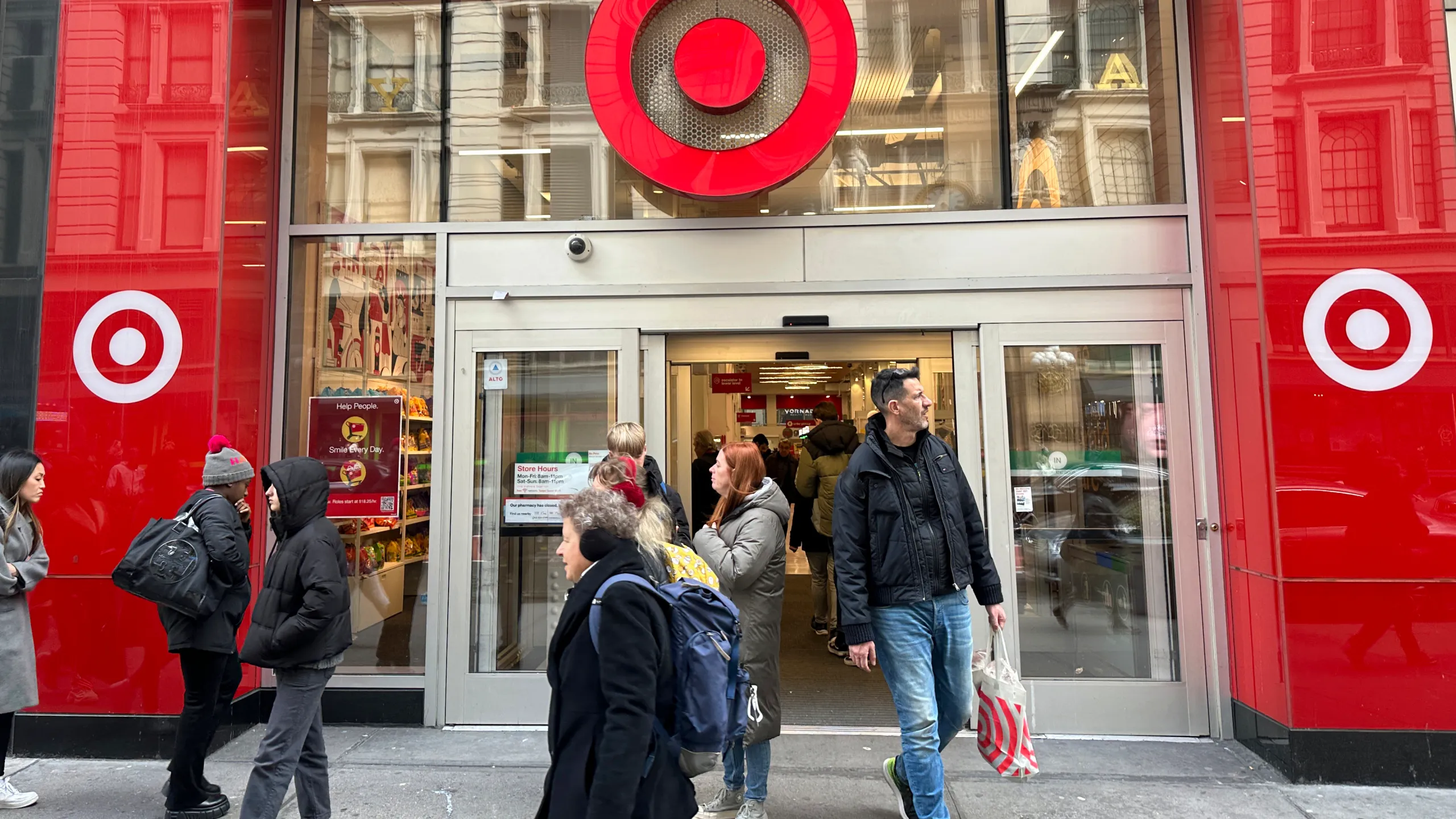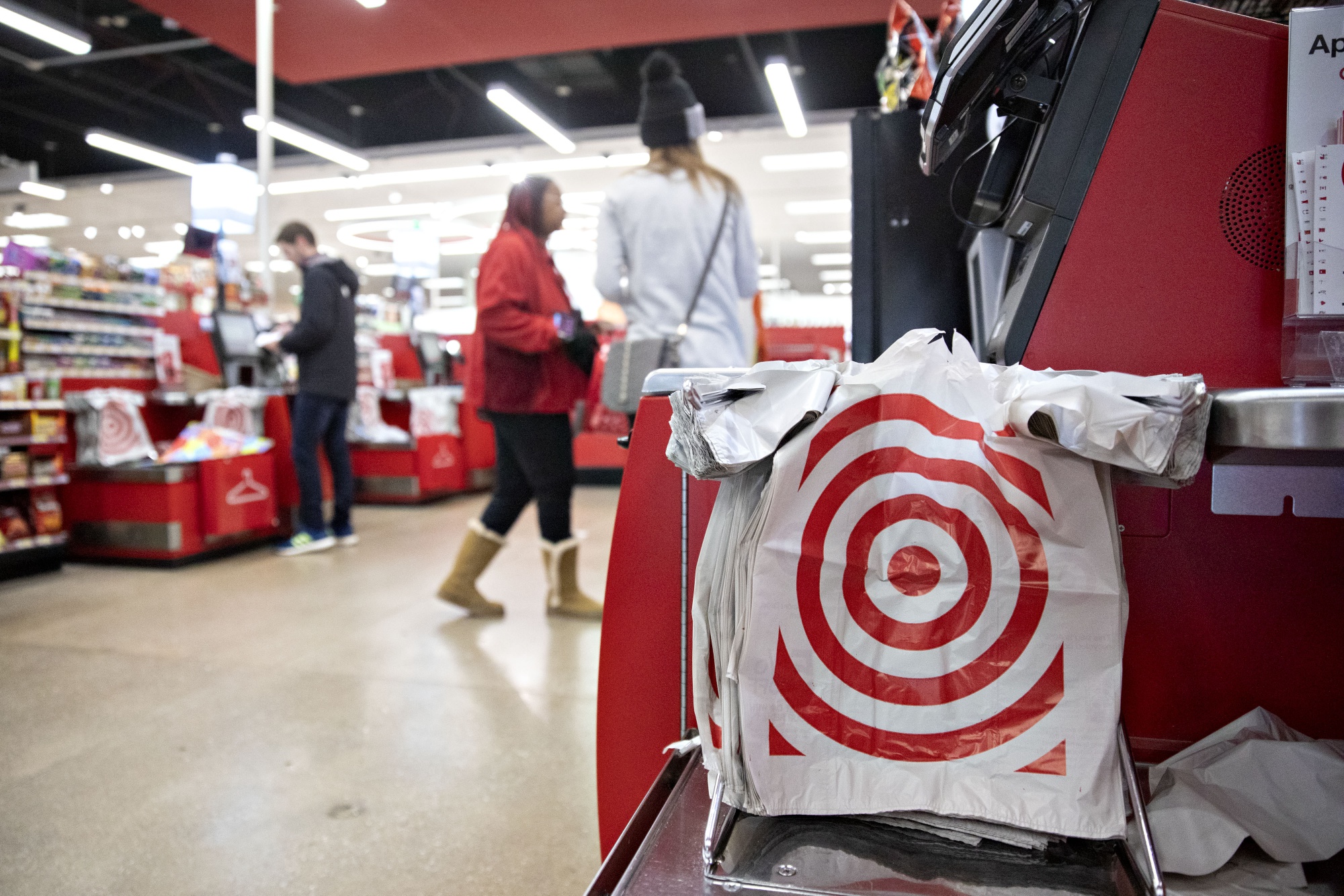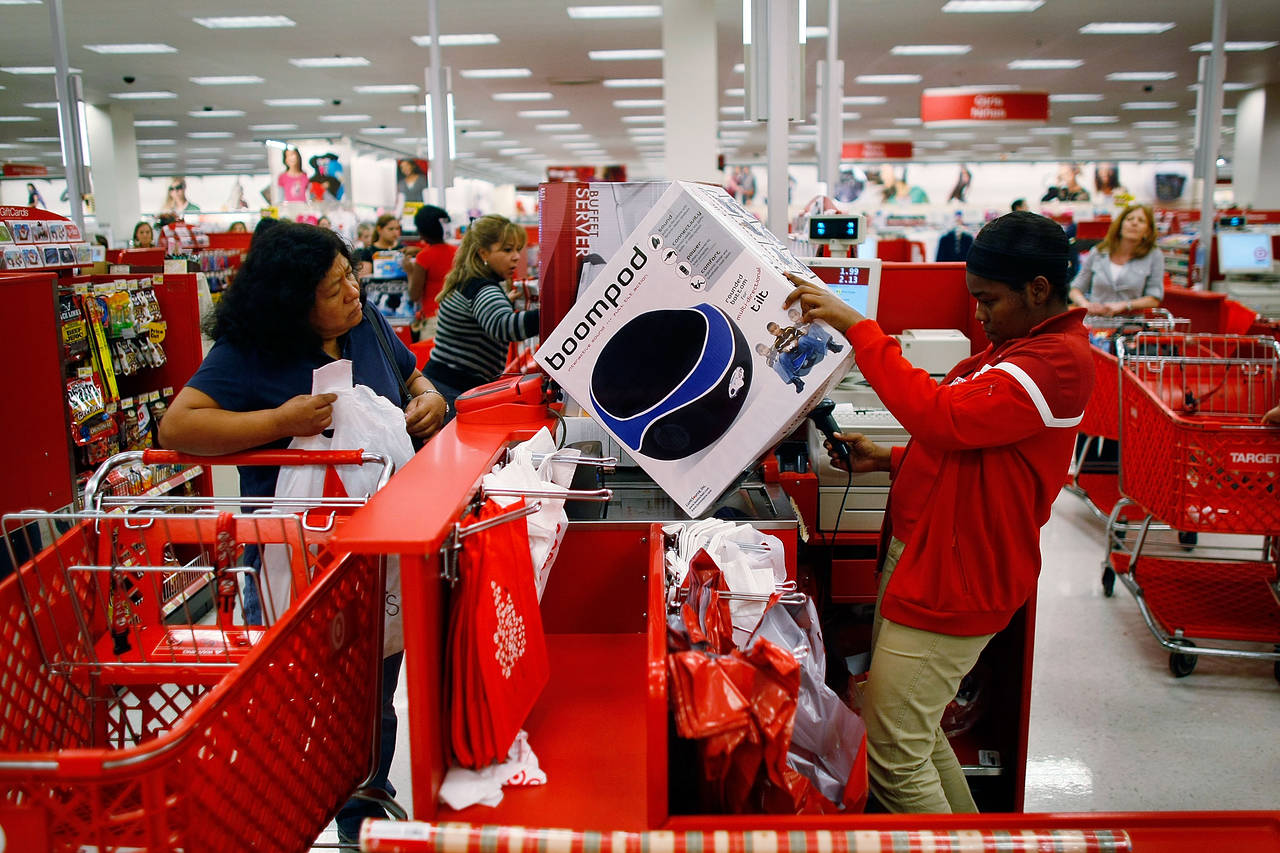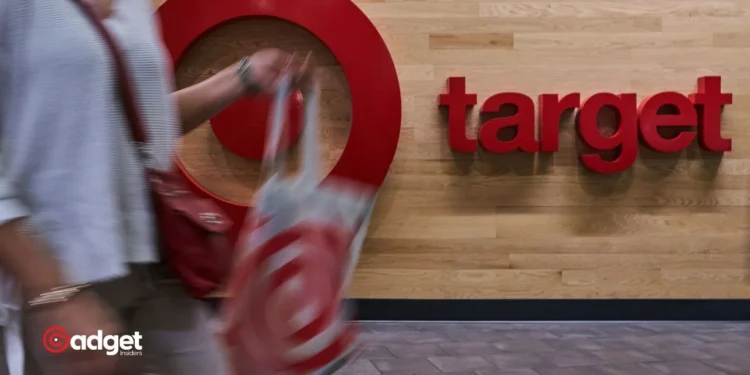As retailers navigate through a landscape marked by high inflation and cautious consumer behavior, Target is setting a conservative course for the coming months. Despite efforts to adjust pricing and manage economic pressures, the retail giant forecasts a muted growth for the second quarter, signaling a tough road ahead for the sector.

Target’s Q2 Sales Forecast: Flat to Modest Growth Amid Economic Uncertainty
In a recent earnings call, Target’s Chief Growth Officer, Christina Hennington, shed light on the financial challenges many Americans are facing. “One in three Americans has maxed out or is nearing the limit on at least one of their credit cards,” Hennington noted.
This alarming statistic underpins the broader issue of constrained consumer spending power and escalating credit reliance, which are direct outcomes of sustained high prices impacting family budgets and savings.
🚨🌎🇦🇺 “400,000 Chickens have been killed in Victoria to halt the spread of Bird Flu”
“The deadly disease has now been detected at a second farm”
Bird Flu is perfect for the Globalist Agenda:-
Kill birds/chickens ✅
Reduce food – eggs/meat ✅
Target cattle ✅
Financially ruins… pic.twitter.com/puKH6eoMm3— Concerned Citizen (@BGatesIsaPyscho) May 25, 2024
Target’s response to these economic challenges includes a strategic pricing adjustment, with the company reducing prices on 5,000 products. However, even with these measures, the retail giant only expects a modest recovery in sales growth, projecting a range from flat to a 2% increase for the second quarter.

Comparing Retail Strategies: Target Vs. Walmart
Target’s cautious outlook coincides with similar sentiments expressed by Walmart. John David Rainey, CFO of Walmart, recently pointed out that “many consumer pocketbooks are still stretched.” This statement came as the Arkansas-based retailer also grapples with the ongoing impacts of inflation.
Both retail behemoths are adapting to the economic environment by adjusting their strategies and expectations. For Target, this has translated into a sobering 3.7% decline in sales at stores open for at least a year during the three-month period ending May 4. The drop is attributed to consumers’ continued cautious spending, particularly in discretionary categories.
Financial Performance and Market Expectations
Amid these challenging conditions, Target reported adjusted earnings per share of $2.03, which fell short of Wall Street estimates. The retailer’s total revenue stood at $24.53 billion, marking a 3.1% decrease from the previous year, albeit slightly better than the $24.52 billion anticipated by Wall Street.

Outlook and Consumer Behavior
As Target and other retailers brace for continued economic pressure, the focus remains on how consumer behavior will evolve in response to ongoing financial challenges. Hennington’s remarks about discretionary spending pressures suggest a landscape where recovery might be slow but with potential normalization over time.
The road ahead for retailers like Target involves navigating through these economic headwinds with a mix of strategic pricing, inventory management, and consumer engagement strategies. The overarching goal is to align with the evolving needs and constraints of consumers, aiming to sustain growth in a period marked by uncertainty and restraint.










